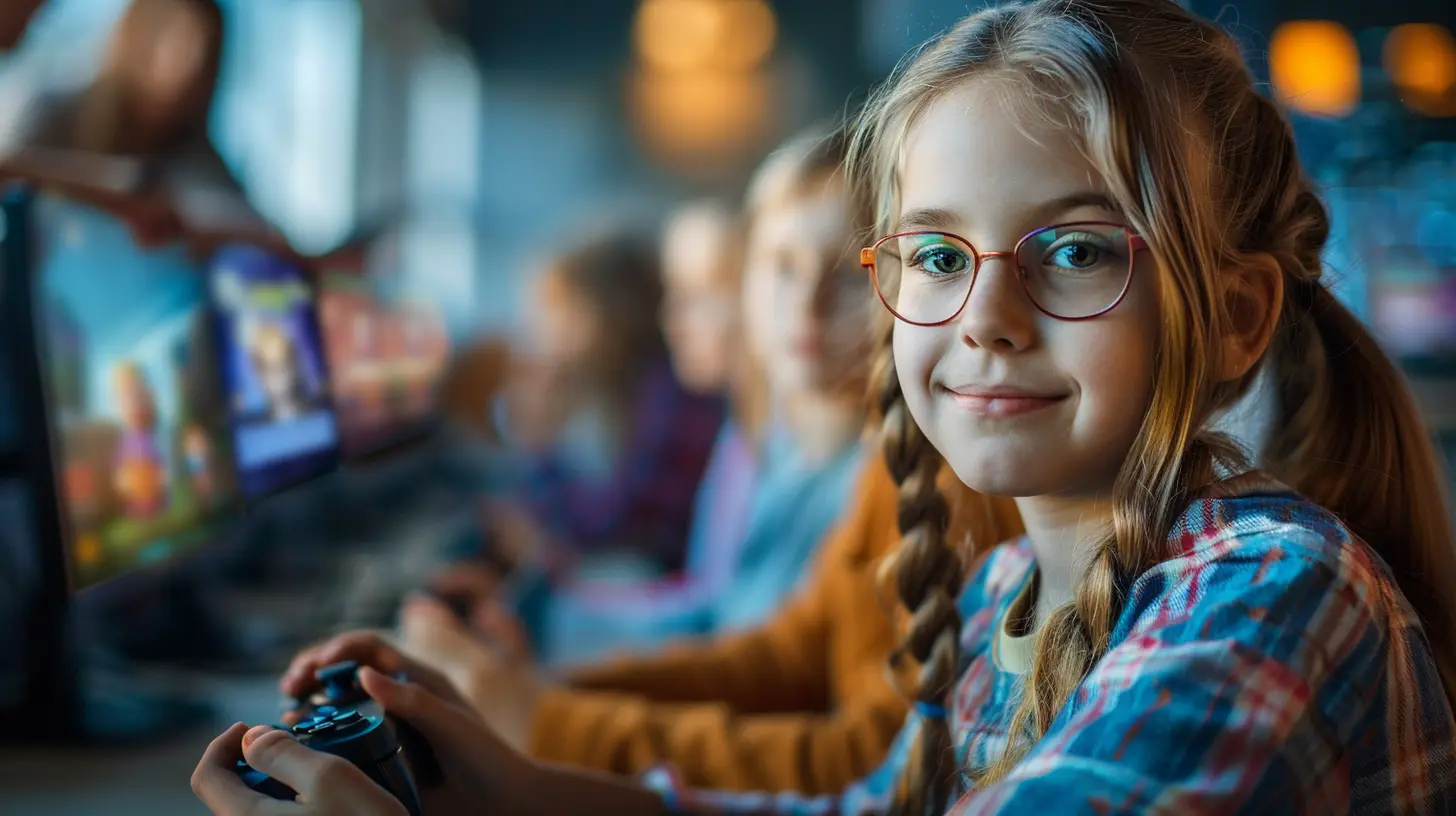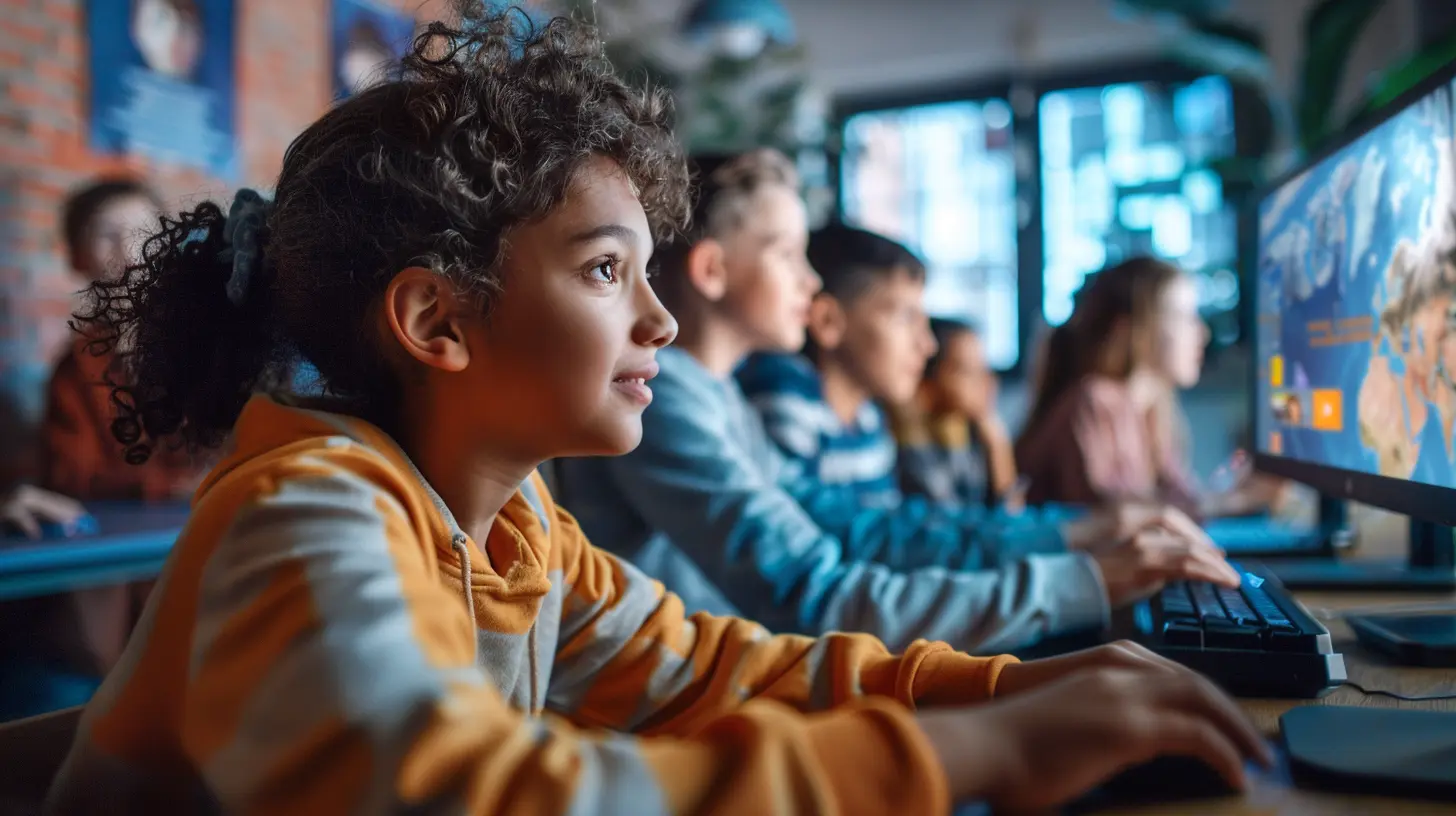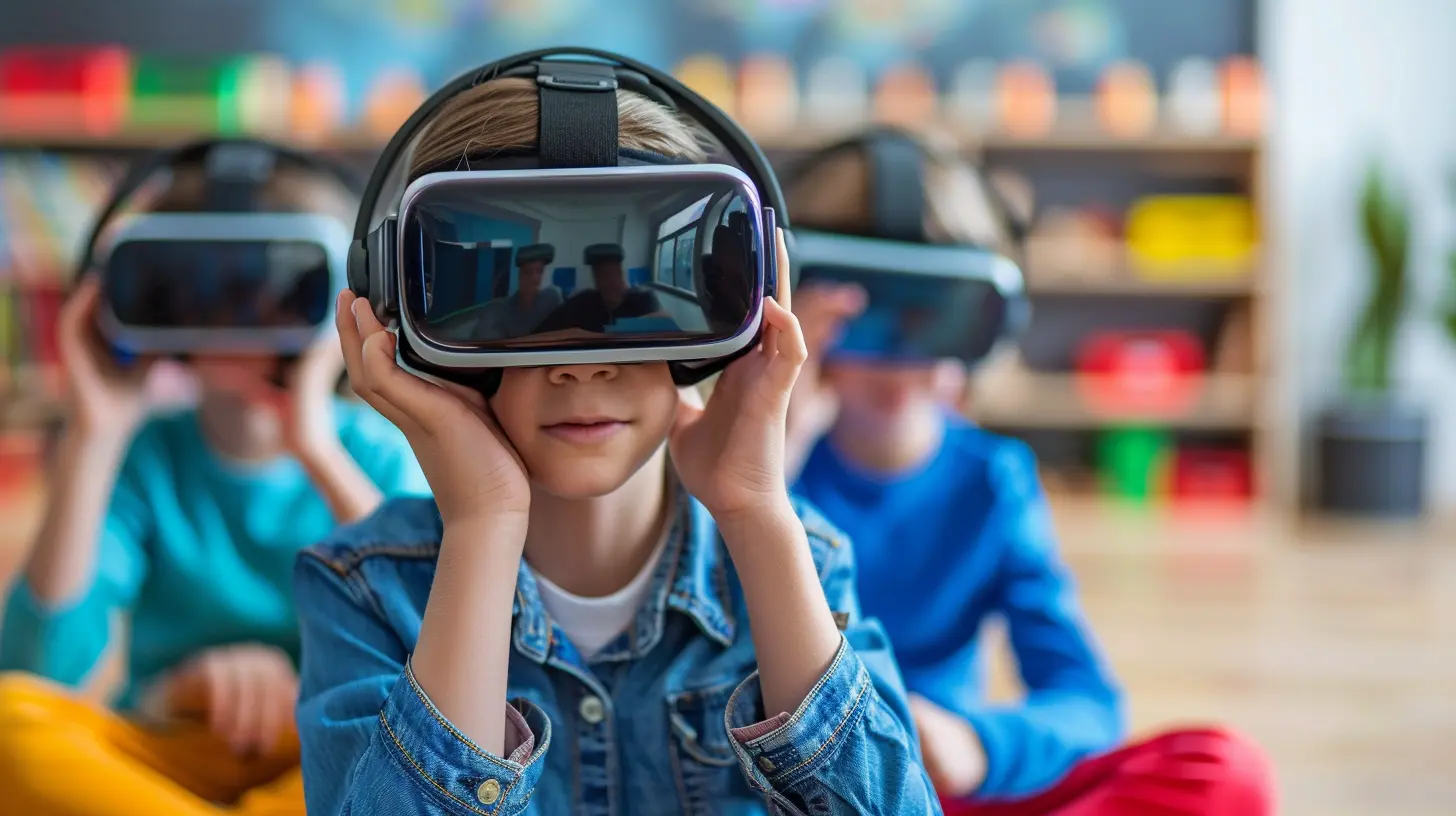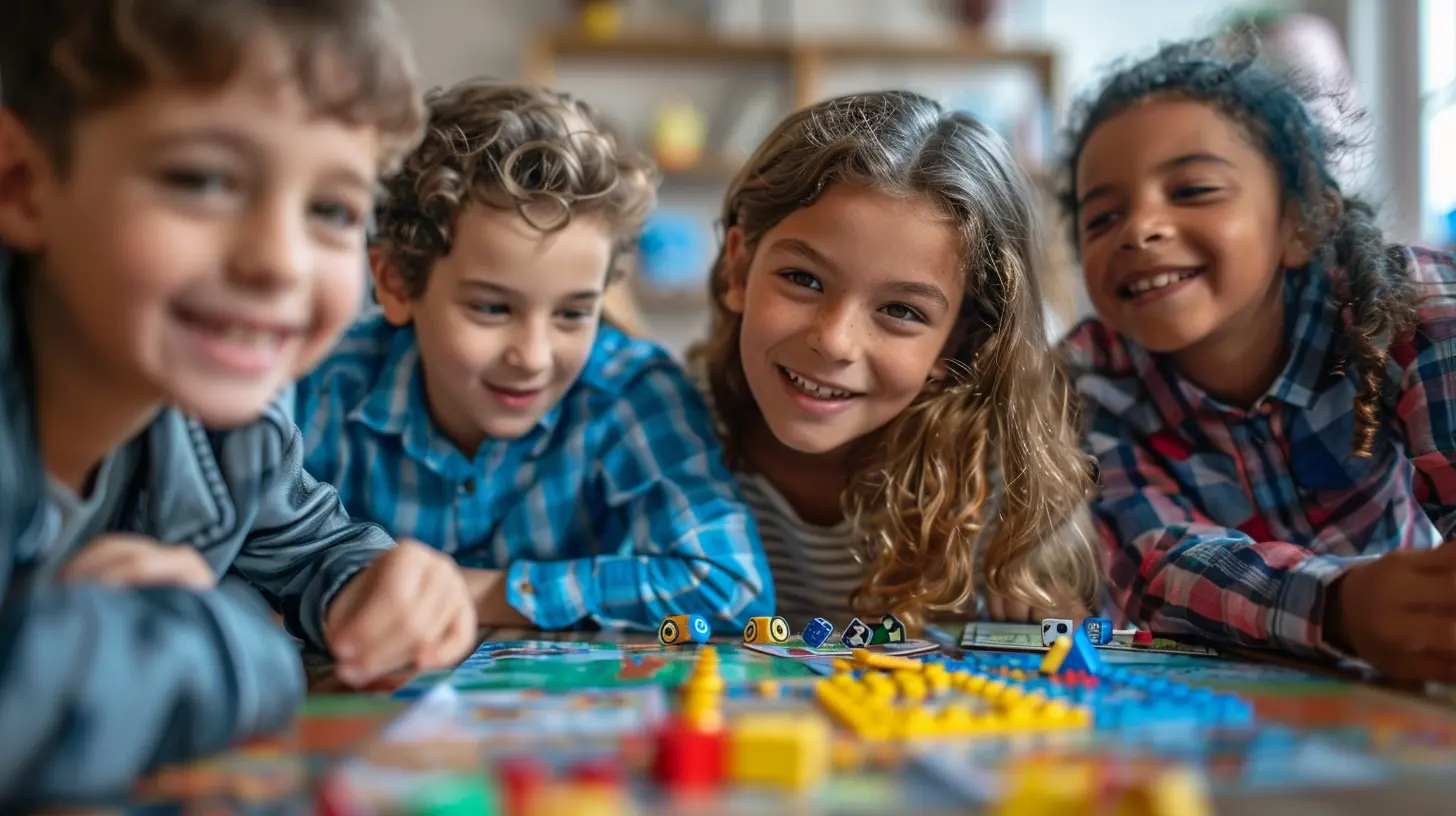Gamified Learning in the Modern Classroom
15 August 2025
Let’s face it. Traditional learning methods are kinda, well… boring. Worksheets, lectures, and textbook-heavy classes don’t always cut it anymore. Kids today are growing up with smartphones, video games, and YouTube. So how do we grab their attention and actually get them excited about learning?
Cue the hero of this story: Gamified Learning.
This innovative approach takes game mechanics — like points, levels, challenges, and rewards — and infuses them into the educational experience. And yeah, it’s just as fun as it sounds. But don’t worry, this isn’t about turning your classroom into an arcade. It’s about using what works in games to make education more engaging and impactful.
Ready to see what all the hype is about? Let’s dive into how gamified learning is transforming the modern classroom.
What Is Gamified Learning, Anyway?
Before we go too deep, let’s clear up what we’re talking about.Gamified learning isn’t just playing games in class. Nope. It’s about integrating game elements — think points, leaderboards, quests, badges — into regular lessons to make them more interactive and rewarding.
It’s kind of like sneaking vegetables into your kid’s favorite spaghetti. They're learning essential skills, but thanks to the fun layer on top, they hardly notice the "serious" stuff underneath.
Why Teachers Are Embracing Gamified Learning
So, why are so many educators jumping on the gamification train? Simple — it works.Here’s why:
1. Increases Engagement
Games are incredibly good at grabbing attention. When students earn points for completing tasks or unlock badges for mastering lessons, they feel motivated. It's like unlocking achievements in a favorite video game — there's always something to work toward.Plus, let’s be honest. Who doesn’t love a little friendly competition?
2. Encourages Active Participation
With gamification, students become active players in their learning journey. Instead of passively staring at the board, they take part in activities, make decisions, and interact with content in a more hands-on way.Imagine turning a boring old multiple-choice quiz into a fast-paced trivia game with a time limit. Way more fun, right?
3. Enhances Retention
Here’s a little psychological trick: when we’re emotionally involved, we remember stuff better.Games do this by adding stakes. Whether it’s earning enough points to level up or helping your team win, there’s an emotional hook. The result? Better memory recall and deeper understanding.
4. Builds Skills Beyond the Syllabus
Gamified learning isn’t just about academic content. It also sharpens:- Problem-solving abilities
- Critical thinking
- Time management
- Collaboration and teamwork
All by having fun. That’s a pretty sweet deal.
Real-Life Examples of Gamified Learning in the Classroom
Okay, theory’s great, but how does this actually play out in real classrooms?Let’s check out a few cool examples:
Kahoot! Quizzes
Chances are, you’ve heard of Kahoot! It’s a game-based learning platform where teachers create quizzes and students compete in real time. The best part? The leaderboard at the end adds a rush of excitement. It’s like trivia night meets Algebra class.Classcraft
This one’s super innovative. Classcraft turns an entire classroom into a role-playing game. Students create characters, earn powers by completing assignments, and work together to overcome classroom “bosses.” It’s like Dungeons & Dragons, but with geography tests.Minecraft: Education Edition
Yes, that Minecraft. The Education Edition brings subjects like math, science, and history to life inside the blocky universe. Want to explore ancient civilizations or design geometric structures? You can do that… while having a blast.
The Psychology Behind Gamification: Why It Works
Gamified learning isn’t just fun — it taps into some deep-rooted psychological principles that drive human behavior. Here’s the sciencey stuff made simple:1. Instant Feedback
Games give feedback right away. Did you score points? Did you beat the level? In learning, this keeps students from getting stuck in frustration or boredom. They know right away if they’ve nailed a concept or need to try again.2. Autonomy = Motivation
When students have choices — like which “quest” to tackle first — they feel a sense of control. And when people feel in charge, their motivation goes through the roof.3. Positive Reinforcement
Badges, trophies, and “Aha!” moments create those little dopamine hits that make students want to keep going. It’s like the “likes” on social media, but for learning habits.How to Integrate Gamified Learning Into Your Own Classroom
Alright, if you’re a teacher or just curious about how to bring this into your world, let’s get practical. Here’s how you can get started:Step 1: Set Clear Learning Goals
Before jumping into game mode, define what you want your students to learn. Gamification shouldn’t just be fluff — it needs to tie directly into your educational objectives.Step 2: Choose Your Game Mechanics
Decide what kind of mechanics you want to use. Some popular options include:- Points and XP (Experience Points)
- Levels
- Quests or Missions
- Badges and Awards
- Leaderboards
Pick what makes sense based on your class size, age group, and subject matter.
Step 3: Consider Digital Tools
There are tons of platforms to help you gamify your lessons. Some favorites include:- Kahoot!
- Quizizz
- Classcraft
- Duolingo (great for language classes)
- Prodigy (math-focused)
These tools take a lot of the work off your plate while making things super fun for students.
Step 4: Encourage Collaboration and Competition
Balance is key. While leaderboards can boost motivation, they might stress some students out. Creating teams or class goals can make the experience more inclusive.Mix individual rewards with group efforts to keep everyone involved.
Step 5: Reflect, Adjust, Repeat
After your first run, check in with your students. What worked? What didn’t? Gamification should evolve based on feedback, just like any other lesson plan.Challenges and Misconceptions About Gamified Learning
Like anything in education, gamification isn’t flawless. Let’s bust some common myths and prepare for a few speed bumps.“It’s Just Playtime, Not Real Learning!”
False. While it might look like fun and games on the surface, it’s grounded in real teaching strategies. If the game mechanics support learning objectives, they’re completely legit.“It’s Too Time-Consuming to Set Up.”
Sure, there’s a learning curve. But with platforms like Classcraft or Kahoot!, the setup becomes easier with time. Think of it like learning to ride a bike — hard at first, but totally worth the freedom it brings.“Not All Students Like Games.”
This one is fair. Not every student thrives in a competitive environment. That’s why variety matters. Use different game styles — cooperative missions, solo quests, storytelling elements — to cater to different personality types.The Future of Gamified Learning: Where Are We Headed?
Gamified learning is just getting started. Here’s what’s coming down the pipeline:Augmented and Virtual Reality
Imagine students exploring Ancient Rome via VR headsets, scavenger hunting through the Colosseum while learning Latin phrases. That’s not science fiction — it’s already happening in some schools.AI-Powered Personalization
AI can help tailor game-based lessons to each student’s strengths, weaknesses, and learning style. A game that adapts to you like your favorite Spotify playlist? That’s the dream.More Teacher-Created Games
With more user-friendly tools, teachers are becoming game designers. Expect even more custom-built educational adventures created by educators themselves.Wrapping It All Up
Gamified learning isn’t about replacing traditional education — it’s about enhancing it. It's the secret sauce that makes lessons stick, keeps students engaged, and turns the classroom into a vibrant, energetic place where learning doesn't feel like a chore.Whether you're a teacher looking to spice things up or a parent curious about new educational methods, gamified learning is a game-changer (pun totally intended).
So go ahead. Roll the dice. Level up your lessons. And watch your classroom transform into a place where learning is as thrilling as your favorite video game.
all images in this post were generated using AI tools
Category:
Educational Value Of GamesAuthor:

Leif Coleman
Discussion
rate this article
1 comments
Charlie Taylor
Gamified learning? More like the classroom's glow-up! If teachers aren’t leveling up their methods in 2023, they’re stuck in the tutorial phase. Let’s face it—if it’s not fun, why bother? Education should be a game, not a grind!
August 24, 2025 at 5:08 PM

Leif Coleman
Absolutely! Gamified learning transforms education into an engaging experience, keeping students motivated and invested in their learning journey. Let's keep the classroom exciting!


